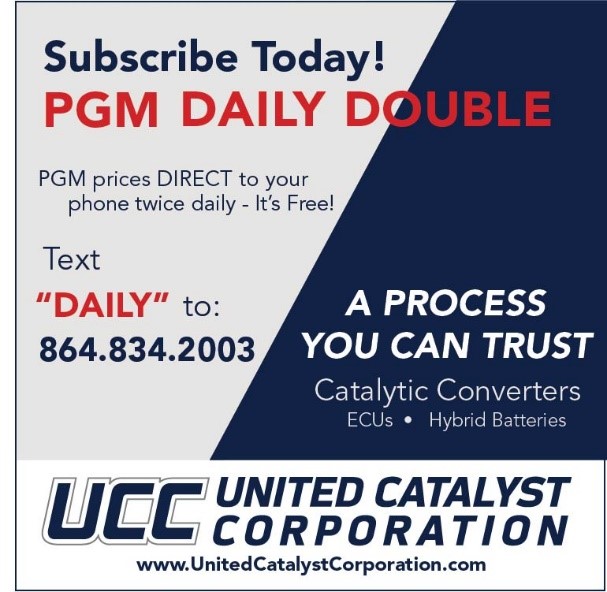What’s in a name? Recycler, Collector, Processor, Smelter, Refiner
This can be a confusing business on many levels. Do you sell your converters by the piece for a “fair market value?” Do you sell them on assay or precious metals recovery for the “intrinsic” value less processing and refining charges? Whom are you selling to exactly? What is the difference between converter recycling companies? Who is doing the actual refining?
Let us shed some light on this issue by starting with some simple definitions and a graphic.

Recycler: A professional automotive dismantler that recycles end-of-life vehicles. (10,000s)
Collector: An individual or company that buys and sells scrap catalytic converters or any core commodity. (100s)
Processor: A professional company that de-cans, mills, samples, and assays or tests scrap catalytic converters and that can determine the precious metal value of the spent automotive catalyst. (Two dozen professionals; with sample prep, fire assay, and ICP laboratories, less than 10)
Smelter: A company that transforms the spent automotive catalyst into a collector metal by heating and melting and then sends it on for final refining. (Less than a dozen smelters and refiners worldwide)
Refiner: A company that reduces the collector metal down to the pure form of Platinum, Palladium, and Rhodium by chemical dissolution. (Less than a dozen smelters and refiners worldwide)
A few of the smelters are mining companies. Most of the refiners are global material science and chemical companies that make catalysts and other technological materials. Pro tip: If a facility lacks pyro- and hydro-metallurgical processes, it is likely not a smelter or refiner.
Getting the Most from Your Converters with a Process You Can Trust
 Selling on assay with refining terms is the best way to recycle scrap catalytic converters. In fact, it is the only way to recycle a converter. It happens once it leaves your facility whether you sell it this way or not. The trick to selling on assay is fourfold: Knowing the actual count including halves so that you can know your true average. Mass balancing all weights including shipping materials, scrap, catalyst, and dust. Scientifically accurate sampling collection to produce the sample of record from the refiner or a third-party lab. Verified assay results from the end refiner or third-party lab. Make sure you get paid on the “official assay of record” and make sure the assay results can be verified by a third party. Without one of these four aspects being true and accurate, you are sure to be leaving money on the table even when selling on assay, never mind when selling by the piece or on auction or with an app.
Selling on assay with refining terms is the best way to recycle scrap catalytic converters. In fact, it is the only way to recycle a converter. It happens once it leaves your facility whether you sell it this way or not. The trick to selling on assay is fourfold: Knowing the actual count including halves so that you can know your true average. Mass balancing all weights including shipping materials, scrap, catalyst, and dust. Scientifically accurate sampling collection to produce the sample of record from the refiner or a third-party lab. Verified assay results from the end refiner or third-party lab. Make sure you get paid on the “official assay of record” and make sure the assay results can be verified by a third party. Without one of these four aspects being true and accurate, you are sure to be leaving money on the table even when selling on assay, never mind when selling by the piece or on auction or with an app.
